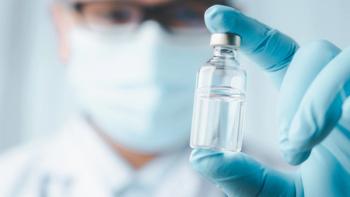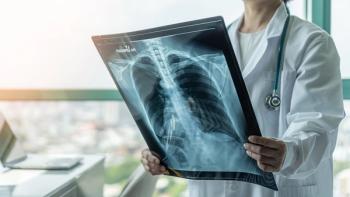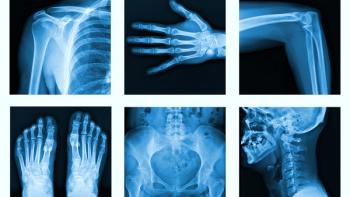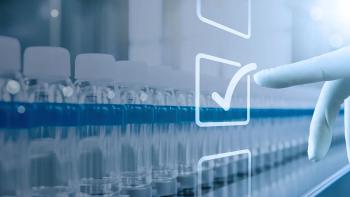
Biosimilars Offer Effective Treatment
BioPharm International® spoke with Zara Bukhari, a PhD scholar at the University of the Pacific, Stockton, CA, and co-author of the peer-review research paper, Biosimilars Drug Development: Advances in Technologies from Molecule Design to Clinical Trials, published in the July/August 2024 issue, about process development for biosimilars.
BioPharm International® spoke with Zara Bukhari, a PhD scholar at the University of the Pacific, Stockton, CA, and co-author of the peer-review research paper, Biosimilars Drug Development: Advances in Technologies from Molecule Design to Clinical Trials, published in the
BioPharm:What inspired you and your coauthors to write a paper on biosimilars?
Bukhari: Our involvement in the biosimilar industry, particularly with Ogivri’s approval, provided us with crucial insights into its complexities and advancements. Witnessing the positive impact of biosimilars on patient care, including improved affordability and accessibility, inspired us to share our knowledge. The rapid evolution of the biosimilar sector, with ongoing advancements in technology and regulatory practices, further motivated us to contribute a comprehensive analysis of current trends and challenges. Our goal is to enhance understanding and address misconceptions, supporting both the industry and patient care through informed discourse.
BioPharm: How is process development for biosimilars different than other biologics or small-molecule drugs?
Bukhari: Process development for biosimilars differs from other biologics and small-molecule drugs primarily due to the need to demonstrate high similarity to an existing reference product. Unlike small molecules, which are chemically synthesized and have simpler processes, biosimilars involve replicating complex protein structures derived from living cells, necessitating rigorous analytical comparisons to ensure similarity. Regulatory requirements for biosimilars focus on demonstrating equivalence in safety, efficacy, and quality to the reference product, whereas new biologics must prove their own safety and efficacy. Additionally, biosimilars require extensive characterization and validation to ensure consistency across batches.
BioPharm: Did the research you did for this paper change your initial conclusions about process development for biosimilars?
Bukhari: Yes, our research refined our understanding of biosimilar process development. We gained deeper insights into evolving regulatory requirements, the critical need for process robustness, and the impact of new technologies on characterization. This broadened our view beyond initial technical challenges, highlighting the importance of adaptability in maintaining quality and meeting regulatory standards.
BioPharm: What should readers take away from your paper?
Bukhari: From our paper, readers should take away that biosimilars are becoming increasingly crucial for cutting healthcare costs and offering effective treatments. We’ve highlighted how advanced technologies, like perfusion bioreactors and continuous chromatography, are revolutionizing the development process by boosting productivity and ensuring consistent product quality. Real-time monitoring with PAT tools and innovations like mechanistic modeling and digital twins are helping optimize production and predict outcomes more accurately. Additionally, AI and machine learning are making a big impact by refining every stage of biosimilar development. The future of the biopharmaceutical field looks promising with these ongoing advancements.
Newsletter
Stay at the forefront of biopharmaceutical innovation—subscribe to BioPharm International for expert insights on drug development, manufacturing, compliance, and more.




